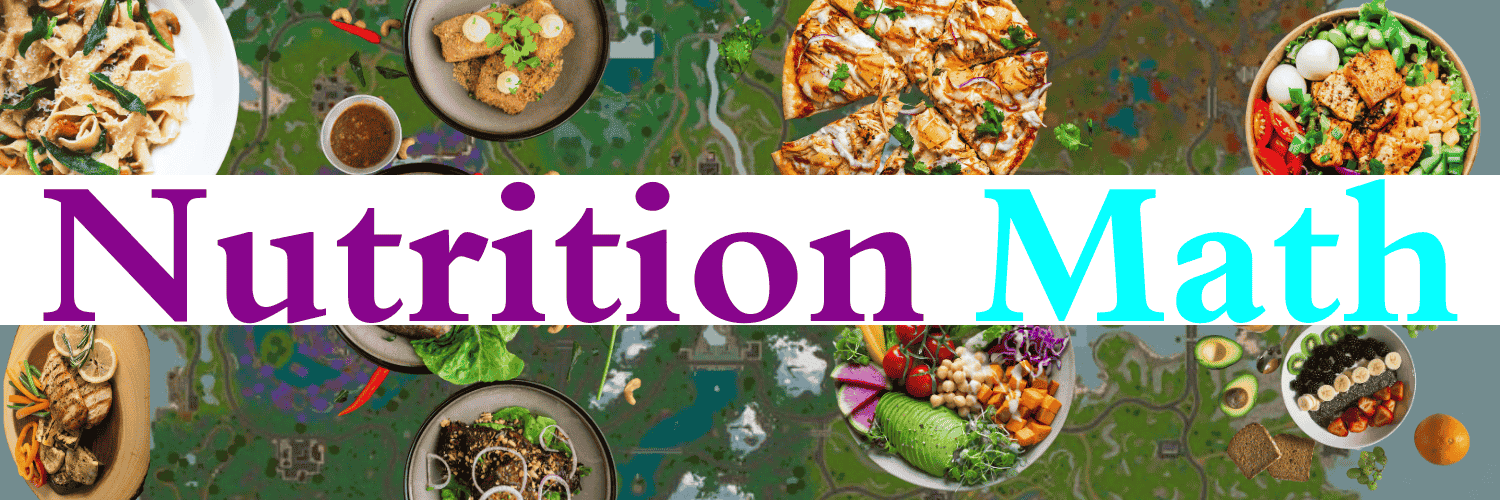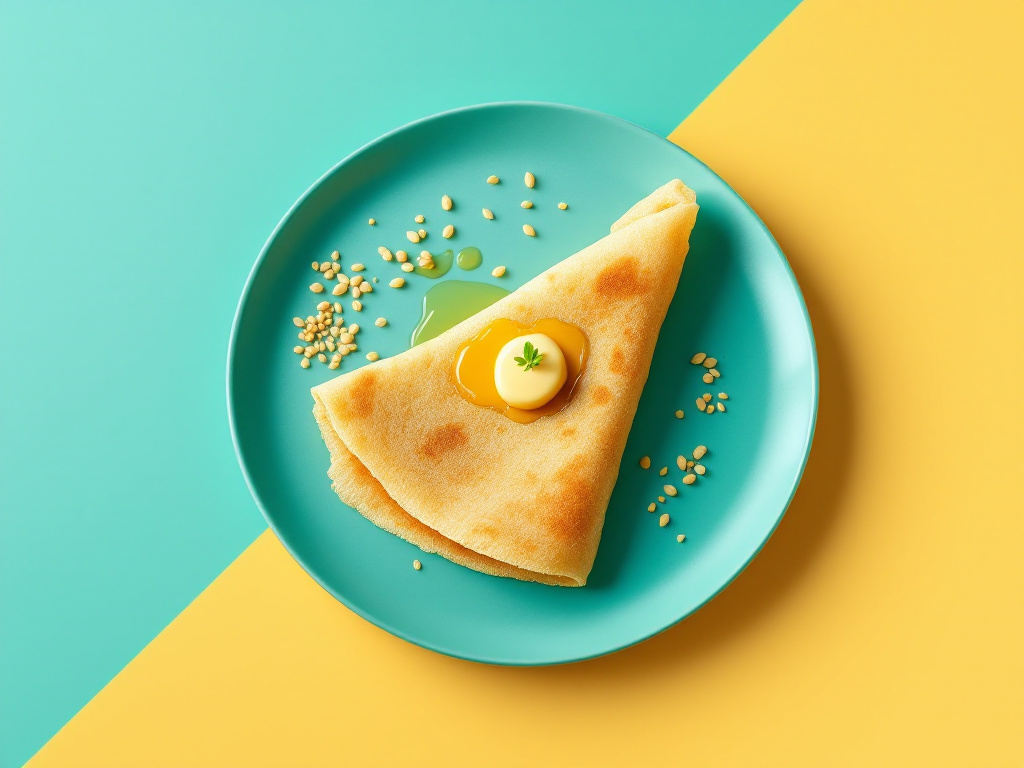Introduction
Are you on the hunt for a breakfast that’s both delicious and bursting with health benefits? Look no further than the sorghum and finger millet (ragi) ghee dosa! This South Indian-inspired dish blends the nutty, earthy flavors of sorghum and finger millet with the indulgent richness of ghee, creating a meal that’s not only a treat for your taste buds but also a boon for your body. In a world increasingly focused on sustainable and nutritious eating—especially as we step into 2025—this dosa stands out as a gluten-free, mineral-rich option. Let’s explore its nutritional value, preparation insights, and why it deserves a spot on your plate.
Sorghum: The Gluten-Free Grain
Sorghum, often called the “camel of crops” for its drought resistance, is a gluten-free grain that’s been a staple in many cultures for centuries. Its versatility and nutritional profile make it a rising star in modern diets. Here’s what 100 grams of raw sorghum offers (USDA data):
- Calories: 339 kcal – a solid energy source
- Protein: 11 grams – decent for a plant-based option
- Carbohydrates: 75 grams, including 6.3 grams of fiber for digestive health
- Fat: 3.3 grams – low but balanced
- Key Nutrients: Magnesium (165 mg), phosphorus (287 mg), iron (4.4 mg), and B-vitamins like niacin and thiamin
Beyond the numbers, sorghum’s antioxidants—concentrated in its bran—help combat oxidative stress and inflammation, making it a heart-healthy choice. Compared to wheat, it’s gentler on the gut, perfect for those with gluten sensitivities.
Finger Millet (Ragi): The Calcium Champion
Finger millet, or ragi, is a traditional grain revered in India and Africa for its resilience and nutrition. It’s a powerhouse that outshines many grains in mineral content. Here’s the breakdown per 100 grams (USDA data):
- Calories: 336 kcal – similar to sorghum
- Protein: 7.3 grams – slightly less but still valuable
- Carbohydrates: 72 grams, with an impressive 11.5 grams of fiber
- Calcium: 344 mg – a standout for bone and teeth strength
- Iron: 3.9 mg – great for combating anemia
- Magnesium: 137 mg – supports muscle function
Ragi’s high calcium content makes it a go-to for growing children, pregnant women, and older adults looking to maintain bone density. Its fiber also promotes fullness, aiding in weight management—a bonus for 2025’s wellness trends.
Ghee: The Flavorful Fat
Ghee, clarified butter with a golden hue, brings a luxurious depth to the dosa. While it’s calorically dense, it’s prized in Ayurvedic traditions for its supposed digestive benefits. Per 100 grams (USDA data):
- Calories: 876 kcal – a concentrated energy source
- Fat: 99.5 grams (61.9 grams saturated, plus vitamins A, D, E, and K)
- Cholesterol: About 256 mg – something to monitor
Ghee’s fat profile includes medium-chain triglycerides (MCTs), which some studies suggest may aid metabolism. However, its saturated fat content means moderation is key—especially when paired with nutrient-dense grains like sorghum and ragi.
The Combined Dosa: A Nutritional Snapshot
A sorghum and finger millet ghee dosa (about 50-60 grams of batter plus a teaspoon of ghee) combines these ingredients into a balanced bite. Here’s an approximate nutritional profile:
| Nutrient | Approximate Value |
|---|---|
| Calories | 150-200 kcal |
| Protein | 4-5 grams |
| Carbohydrates | 25-30 grams |
| Fat | 6-10 grams |
| Fiber | 3-4 grams |
| Calcium | 100-150 mg |
| Iron | 1-2 mg |
Fermentation of the batter boosts nutrient bioavailability, making vitamins and minerals easier to absorb—a process rooted in culinary tradition and backed by science.
Health Benefits
Why It’s Great:
- Gluten-free, ideal for celiac disease or sensitivities
- High fiber promotes gut health and regulates blood sugar
- Calcium and iron support bones and blood, respectively
- Antioxidants from sorghum may reduce chronic disease risk
- Sustainable grains align with eco-conscious eating
Compared to rice-based dosas, this version offers more fiber and minerals, making it a heartier, more nourishing option. It’s also lower on the glycemic index, providing steady energy without the sugar spikes.
Key Notes Section
Takeaways:
- Balanced Meal: Combines protein, carbs, and fats for sustained energy.
- Fermentation Bonus: Enhances nutrient absorption and adds probiotics.
- Ghee Tip: Use sparingly to balance flavor and health.
- Versatility: Pair with chutneys or sambar for added nutrition.
Recipe: Sorghum and Finger Millet Ghee Dosa
Ready to make your own? Here’s a simple recipe to bring this nutritional powerhouse to your kitchen:
- Ingredients:
- 1 cup sorghum grains
- 1 cup finger millet (ragi) grains
- 1/2 cup urad dal (split black gram)
- 1/4 tsp fenugreek seeds
- Salt to taste
- Water as needed
- Ghee for cooking
- Steps:
- Rinse sorghum, ragi, urad dal, and fenugreek seeds separately.
- Soak them together in water for 8-10 hours (overnight works best).
- Drain and blend with enough water to form a smooth, slightly thick batter.
- Transfer to a bowl, cover, and let ferment in a warm place for 6-8 hours until bubbly.
- Stir in salt. Heat a non-stick skillet or dosa tawa over medium heat.
- Pour a ladleful of batter, spread thinly into a circle, and drizzle 1/2 tsp ghee around the edges.
- Cook until golden and crisp (2-3 minutes), flip briefly if desired, then fold and serve hot.
- Serving Suggestion: Pair with coconut chutney or spicy sambar for a complete meal.
Preparation Tips
Making this dosa is simple yet rewarding. Soak equal parts sorghum and ragi overnight, blend into a smooth batter with water, and ferment for 6-8 hours. Add a pinch of salt, then cook on a hot skillet with a light smear of ghee. The result? A crispy, golden dosa with a nutty aroma. For variety, mix in spices like cumin or grated veggies like carrots.
Cultural Significance
In India, ragi and sorghum have long been staples in rural diets, valued for their affordability and resilience. Today, they’re celebrated globally as superfoods, bridging tradition with modern wellness. This dosa embodies that legacy—humble yet powerful, a testament to how ancient grains can thrive in 2025’s food scene.
Conclusion
The sorghum and finger millet ghee dosa isn’t just a meal—it’s a nutritional journey. Packed with fiber, minerals, and flavor, it’s perfect for health-conscious eaters, gluten-free folks, or anyone craving a hearty breakfast. As we embrace sustainable and nutrient-rich diets in 2025, this dosa shines as a delicious, eco-friendly choice. Ready to whip one up? Share your recipe twists with us in the comments! Let’s keep the conversation—and the cooking—going!




